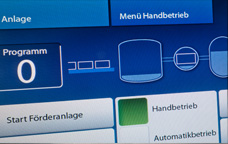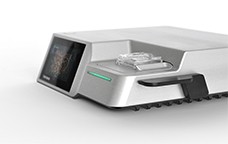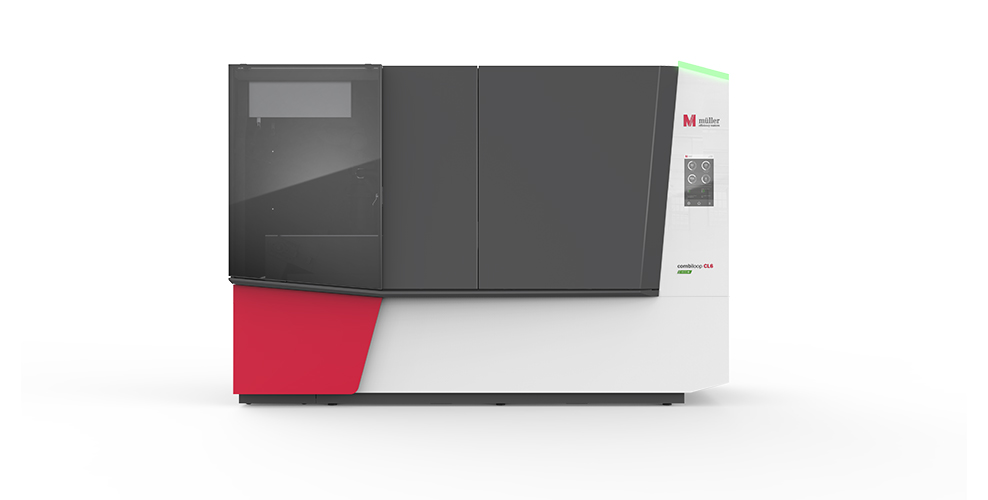

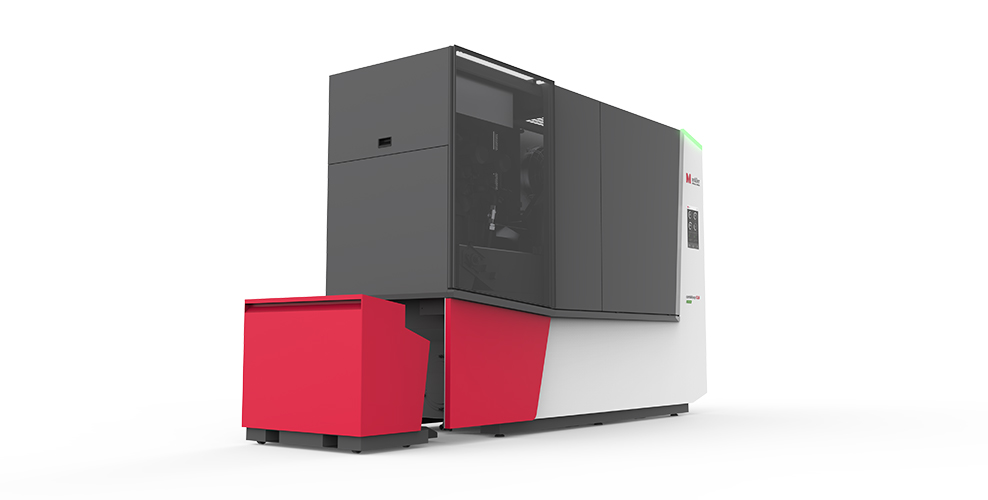
Preparation of coolants and lubricants
Müller Hydraulik Combiloop CL6G
Machining processes cannot do without the permanent supply of coolants and lubricants. Due to the high process speeds and precision requirements, these circulated substances must be free of particles or other impurities. Purity is ensured by special treatment systems that remove the coolant emulsions from the processing machine, filter them, sterilize them, store them temporarily and feed them back into the production process via high-pressure pumps.
Müller Hydraulik GmbH is a specialist for such treatment systems and presents the Combiloop CL6 G, a completely redesigned unit that is more powerful and at the same time cleans much better. The industrial design by defortec visualizes this special status of the unit and also took care of the functional optimization.
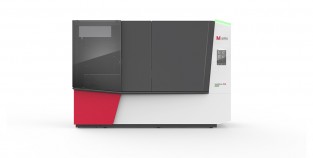
Design that shapes the brand
Basically, the design of peripheral devices - including the Combiloop CL6 G - can follow two different approaches. On the one hand, there is a restrained, even neutral design language that leaves the visual dominance to the main machines. The other design strategy is based on an independent design that confidently communicates the values of the machine and the manufacturer. And Müller Hydrauliks has chosen this path - the Combiloop CL6 G is the first machine in a comprehensive design revamp.
Independent and dynamic
To show this independence, defortec developed a geometry concept that does not only consist of horizontals or verticals, but places angled lines prominently. This creates a dynamic, complex and concise appearance that unmistakably stands for the manufacturer Müller Hydraulik. This connection is emphasized by the clever inclusion of the corporate color magenta, which forms a two-dimensional accent to the businesslike tones of white and dark gray.

Maintenance optimized concept
An important factor in the design concept was the optimized accessibility of the relevant functional components, especially the filter modules. Their positioning within the machine was structurally fixed; defortec developed a multi-part, hierarchical cladding system. The two sheet metal covers at the front - one removable, the other movable - only have to allow access in the event of genuine defects. Far more often, the internal particulate filters need to be accessed - which is why they are located behind a dark glass front that can easily be slid to the side. Everything that the filters separate - and that means particles over 25 μm in diameter - ends up in the chip box, which is not provided externally, as is often the case, but is completely integrated into the machine. To empty it, it is simply moved out to the side. All other cladding elements, those of the side switch box, those of the purposefully tidy rear side, and also the ceiling parts can be removed completely and, above all, quickly.
Interface behind glass
The central display and operating interface is located behind a glass front printed on the back. The large, capacitive display is thus effectively protected against dirt and damage in the rough and tumble of everyday production. Directly above this glass panel is the obligatory signal light. On the one hand, it is integrated by inclination and proportion, and on the other, it is the only element that protrudes from the silhouette of the system - in keeping with its task of indicating the current status of the machine in a way that is visible from far away.
The defortec services at a glance
• Process analysis
• Design concepts considering maintenance and economics
• Consequent design system for all products
• Design for an innovative production process
Weitere Rubriken
Good to know...
simplify the understanding of design Glossary
Der Styleguide ist eine Niederschrift der Gestaltungselemente. Im Styleguide werden die Darstellung und das Design geregelt und aufgeführt um Kosten und Zeit einzusparen. Der Styleguide als Gestaltungsrichtlinie gibt der Marke, Werbemittel und den Produkten ein einheitliches Erscheinungsbild und Auftreten. Den Styleguide nennt man ebenfalls das „Corporate Design-Manual“. Es umfasst die Farben, Papiersorten und Papierformate, Typografie, Zeilenabstände, die Art der Gliederung, Satzspiegel, das Layout, sprachliche Vorgaben und die Nutzung von Bildmaterial. Das Ziel ist dem Corporate Design zu entsprechen. Diese Normen gelten ebenfalls für Druckerzeugnisse wie Print-Broschüren und diversen Werbemitteln, Interfaces oder auch einer Webseite. Ein Styleguide bedient auch technische wie auch visuelle Aspekte, sowie Software und Systeme.

